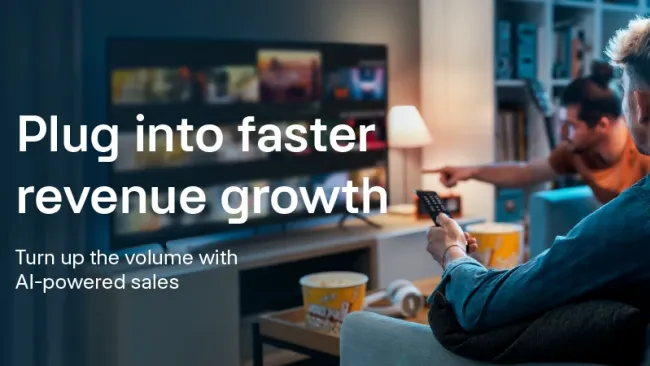Digital channels top the list of preferred channels for both acquisition and retention, and continue to grow. Data-driven digital initiatives such as mobile marketing, social media ads, and search engine marketing are gaining ground for customer and prospect outreach.
However, strengthening relationships with customers is a challenge. While 72 percent of CMOs in the U.S. project an increase in customer acquisition, only 56 percent project an increase in customer retention, according to 2016 CMO Survey from Duke University’s Fuqua School of Business. In addition, average CMO effectiveness in integrating customer information across channels was 3.4 on a 7-point scale, the lowest score in five years. There is an opportunity to interact with customers earlier in the sales process, and use your knowledge of them to build stronger relationships once they do become customers.
Acquisition
Companies have to change the way sales, marketing and technology work together, with digital data at the center. Thanks to data, even if you don’t actually know who is visiting your site, you can know enough about them to build an audience of similar users. Companies are integrating lots of new data sources—even on anonymous website and mobile users—to create differentiated experiences with digital marketing.
For example, more than 63 percent of all U.S. searches are done using Google, followed by Microsoft (Bing) and Yahoo. Many of those users are logged into their accounts when they conduct searches. And don’t forget that a large percentage of the 1.6 billion Facebook users also click on products and services found within the platform before clicking to external sites for more information. Their profile data adds detail to aggregate and individual data
that can be leveraged for customer acquisition programs.
And non-personally identifiable information and aggregate data about a user’s location, demographics, devices, and behavior (keywords, clicks, time on sites, etc.) can be captured to get
a better understanding of who’s coming to your site and why, before they even get there.
It’s also possible to see potential customers more clearly by integrating what you know about customers with outside information. Third parties can create audiences for you, or you can mix and match info from multiple sources to create audiences on your own.
Working together, sales, marketing, and IT can leverage insight at every point in the sales cycle to treat different prospects differently in the most efficient ways.
Retention
It takes much more to acquire a customer than keep one, yet investment in retention still lags behind acquisition. It’s an area of great opportunity, and is often easier than acquisition efforts, since these customers already have a relationship with you. Customers know that, and expect personalized, proactive interactions from you. They expect you to treat them like humans, not order numbers. Here are four steps to leverage data in new ways for current customer interactions.
Step 1: Assemble a marketing universe dataset: Aggregate, integrate, and leverage as much information as you can about individual customers. Use all the sources at your disposal, and gather insight on a consumer’s attributes, attitudes, and actions.
Step 2: Prioritize retention activities: Create a pyramid of most valuable and growable customers, with non-buyers at the bottom and your core group (the 20 percent that drive 80 percent of your sales) at the top. Recent advances in data, analysis, and technology can take you to a higher level and allow you to actually assess each individual’s likelihood to purchase from you and estimate the size of his or her spend.
Step 3: Design tailored value propositions: Knowing your target audience represents 60 percent of your sales and marketing success. Aligning the right offer with the right target accounts for the next 30 percent. The remaining 10 percent of success is ascribed to the form and creativity of your message, so don’t forget to mix art with science.
Step 4: Automate as much as possible: This is where good intention can end up as poor execution. Not turning keen, new insights into repeatable action is frequently the most egregious error firms make. Embed your analytic engines (models, algorithms, and decision rules) into end-to-end processes that orchestrate best actions all along the customer journey.
While all of this data and technology may sound costly, the greater sales and marketing efficiencies can more than offset the expenses.
Want to learn more? Download the eBook, “Know Me Now, Digitally,” to read success stories and gain more insight into getting, keeping and growing the right customers for your business.
Also, check out the most recent issue of our monthly customer experience eNewsletter, Dialogue.
Know Your Digital Customers















